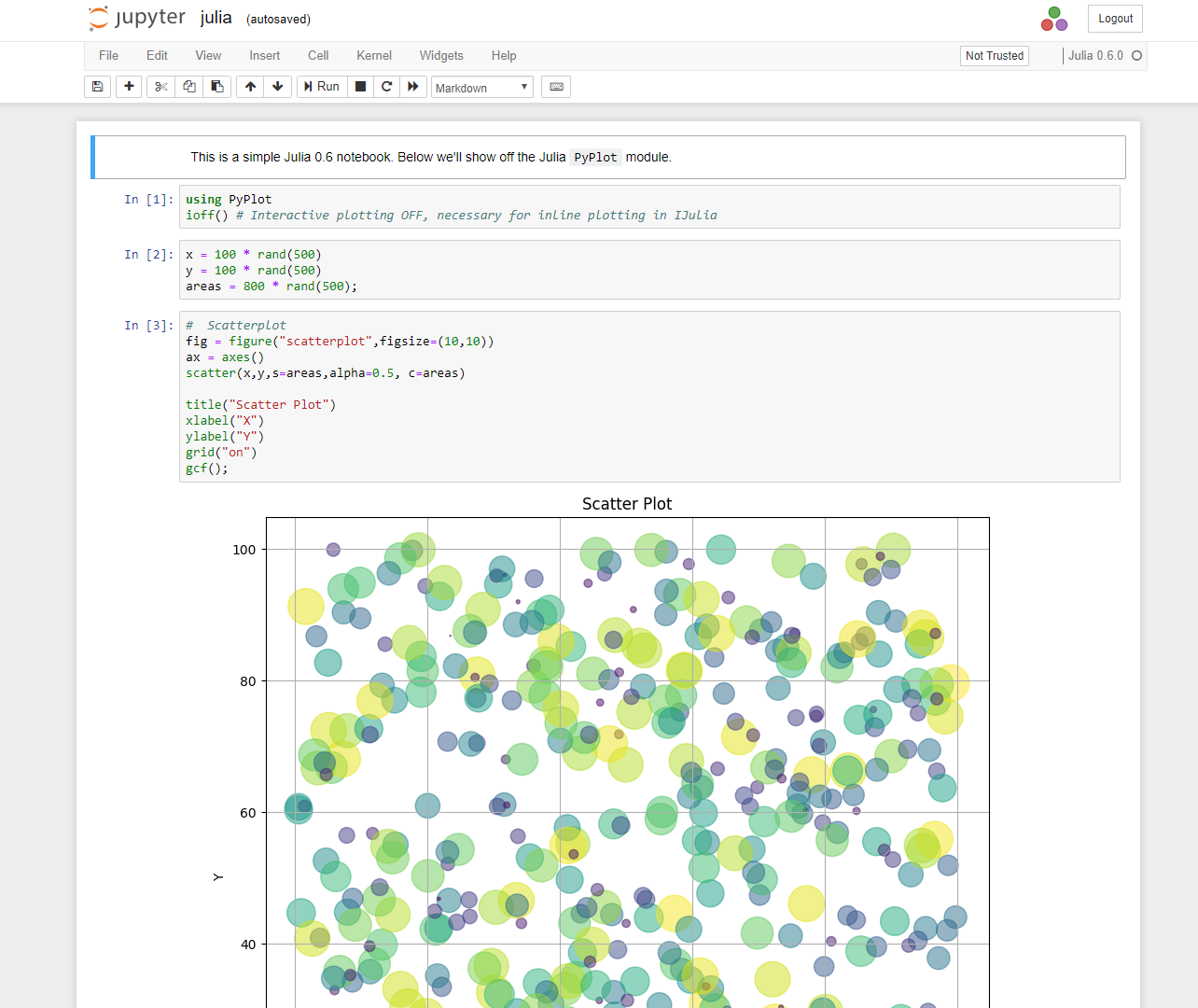

- #Jupyter notebook shortcuts code
- #Jupyter notebook shortcuts plus
Toggle all cells output collapsed (collapse all cells’ output): Ctrl + Shift + O.
#Jupyter notebook shortcuts code
Azure Machine Learning Studio notebooks support the following two modes for a given code cell: command mode and edit mode. The keyboard does different things depending on which mode the notebook cell is in.
Restart kernel and run all cells: Shift + R Similar to Jupyter Notebooks, Azure Machine Learning Studio notebooks have a modal user interface. #Jupyter notebook shortcuts plus
Don’t forget to click the plus sign button to save the new shortcut!Īnd so, these have been the custom keyboard shortcuts that I’ve used the most: Simply hit the Tab key while writing code. Note that you need to separate the keys by an hyphen (-). You have auto-complete in Jupyter notebooks like you have in any other Jupyter environment. Scroll in the dialog box until you find the action you want and then type the key combination in the “add shortcut” input box. This is done by accessing “Help” > “Edit Keyboard Shortcuts” in the Notebook menu options.

In addition to the default keyboard shortcuts, you can also define some of your own.
Uncollapse all cells: Ctrl + Shift + Right Arrow. 
do i need permission to take my child out of state for vacation. Shortcut lists can be shared as long as you dont create a.
Collapse all cells: Ctrl + Shift + Left Arrow Jupyter Notebook is an open-source, web-based computing environment for creating live code, equations, visualizations, and narrative text. This opens the notebook in a new tab or window. Change the current cell’s type to code: Esc + Y In the Jupyter Notebook, you can navigate the folder structure and click on a sample notebook. Change the current cell’s type to markdown: Esc + M. This glitch happens to me when I switch focus to another pane in VS Code (such as another editor, or the file explorer). Insert new (code) cell below the current cell: Esc + B The usual shortcuts as 'a' and 'b' do work for me However, I need to select a cell (gets into edit mode), press Esc (gets into command mode) and only then the shortcuts work. Insert new (code) cell above the current cell: Esc + A. Delete the current cell: Esc + D + D (double press) Shortcuts Esc take you into command mode Tab code completion or indent Shift + Tab tooltip Ctrl + indent Ctrl + dedent Ctrl + A select all Ctrl + Z undo. In JupyterLab you can find it in Settings -> Advanced Settings Editor then selecting the. Run the current cell and move to the next one: Shift + Enter You must first open the Keyboard Shortcuts configuration file. If a shortcut needs Command Mode, I will specify Esc as the first key. back to writing in cells) by pressing Enter. After spending two weeks using Jupyter Notebook for data analysis with Python, I’ve decided to compile a short list of my favorite keyboard shortcuts/the ones I use the most.įor these shortcuts, keep in mind that you can enter Command Mode (to perform notebook-level actions) by pressing Esc and you can return to Edit Mode (a.k.a.







 0 kommentar(er)
0 kommentar(er)
